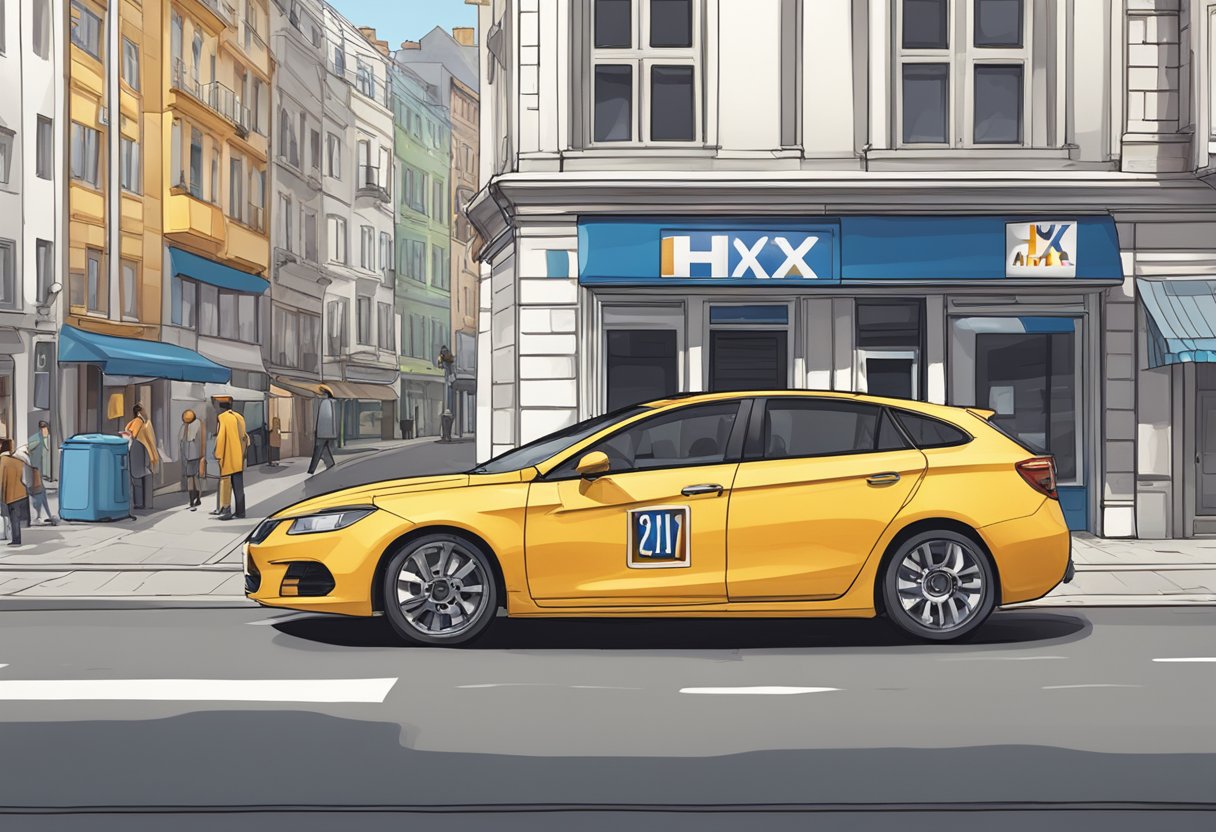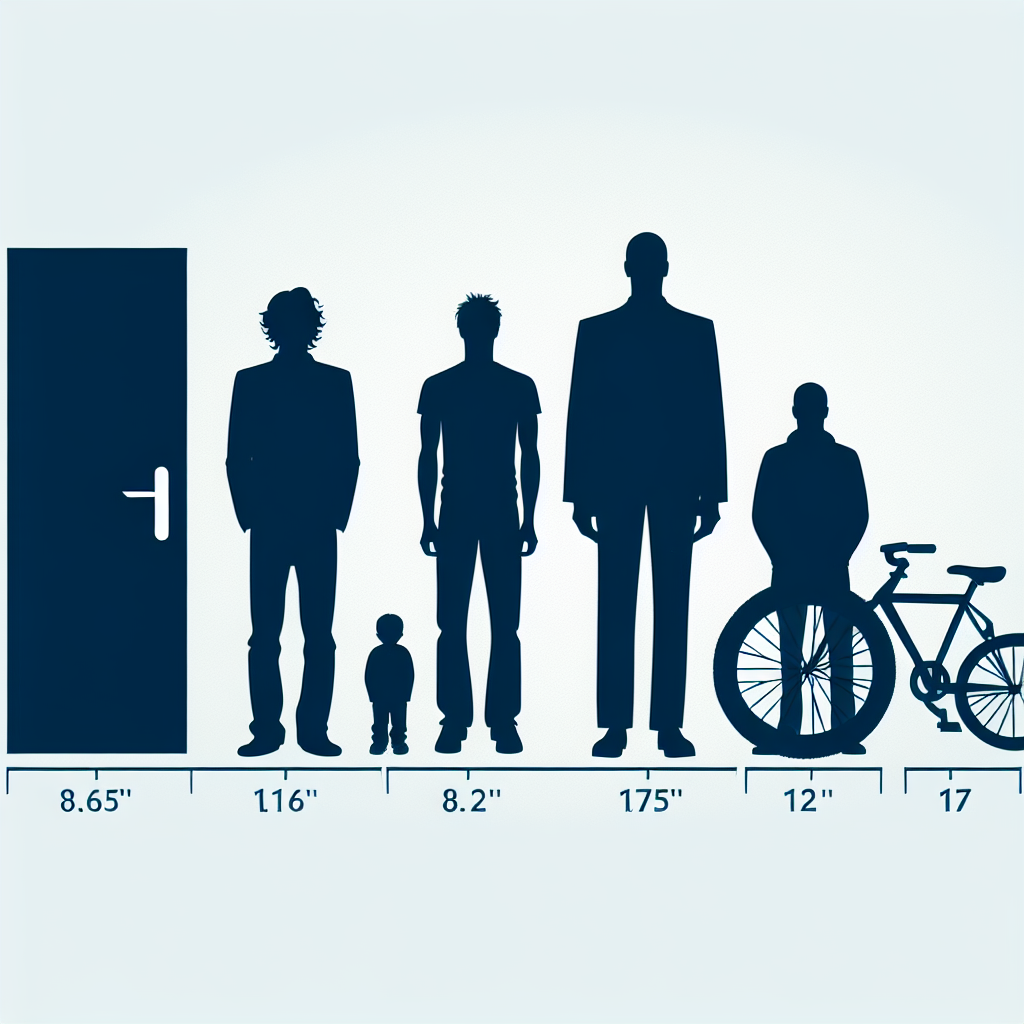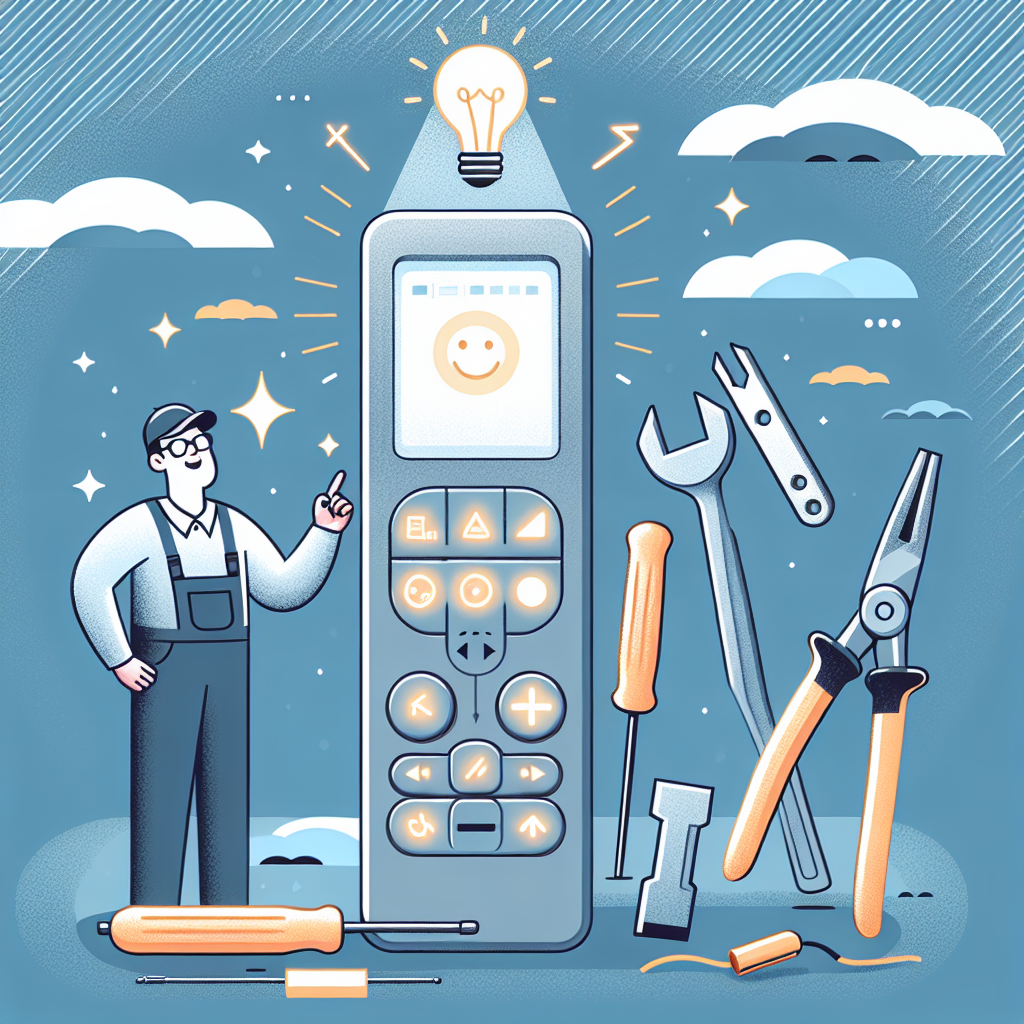Battery Swap vs Fast Charging: Pros and Cons Explained
As electric vehicles (EVs) become increasingly popular, two key methods of powering them—battery swap and fast charging—have emerged as dominant options. This article dives deep into the benefits and drawbacks of each, helping you understand which method may be best for future EV adoption.

Introduction to Battery Swap and Fast Charging
Electric vehicles (EVs) have revolutionized the way we think about transportation, leading to the development of various technologies to enhance their effectiveness and convenience. Among these, battery swap and fast charging are the most talked-about solutions aimed at improving charging times and alleviating range anxiety. But how do they compare? Let’s explore.
What is Battery Swap?
Battery swapping involves removing a depleted battery from an electric vehicle and replacing it with a fully charged one. This typically occurs at specialized stations where customers can drive in, exchange their batteries in minutes, and drive off with a charged battery. Iconic examples include Tesla's battery swap stations and NIO’s Power Swap stations.
Advantages of Battery Swap
- Speed: Battery swaps can be completed in less than 10 minutes, making it much quicker than waiting for a fast charge.
- Standardization: Batteries can be standardized, allowing for easier compatibility among different EV makes and models.
- Battery Management: Fleet operators can maintain battery health and performance by regularly cycling through batteries, reducing the risk of battery degradation.
- Reduced Range Anxiety: With a fully charged battery always available, range anxiety is significantly diminished for drivers.
Disadvantages of Battery Swap
- Infrastructure Costs: Building battery swap stations requires significant investment and dedicated space, which may not be feasible in all locations.
- Battery Ownership Issues: Consumers may be hesitant to adopt a model where they don’t own the battery, complicating the charging experience.
- Limited Availability: Battery swapping stations are less common compared to traditional and fast charging stations, leading to uneven coverage.
What is Fast Charging?
Fast charging utilizes advanced charging technology to deliver a rapid flow of electricity to an EV’s battery, allowing it to charge up to 80% in around 30 minutes at DC fast charging stations. These are often found in public locations, such as highways, shopping centers, and city areas.
Advantages of Fast Charging
- Accessibility: Fast charging stations are becoming increasingly common, with policies in place to encourage widespread infrastructure development.
- Ownership Flexibility: Drivers retain their battery ownership and can charge at home or at various public stations, maintaining convenience.
- Variety of Options: Fast chargers often offer a range of connectors compatible with different EVs, making them versatile.
Disadvantages of Fast Charging
- Charging Time: Despite the term 'fast', charging times can still be longer, especially for longer-range trips.
- Battery Degradation: Frequent fast charging may contribute to battery wear and tear, affecting long-term performance.
- Potential for Queueing: As more EVs hit the road, charging stations may become congested, leading to potential delays.
Battery Swap vs Fast Charging: Which is Better?
Choosing between battery swap and fast charging depends on various factors, including technology, consumer behavior, and infrastructure adaptations. Here are some insights to consider:
Use Case Considerations
If users seek a quick way to recharge without waiting, battery swap presents a compelling solution, particularly for fleet operations or urban settings. In contrast, if range flexibility and personal ownership are priorities, fast charging is more appealing.
Infrastructure Development
Regions with developed infrastructure may favor fast charging since numerous stations can be advantageous for diverse use cases. Meanwhile, battery swap may see greater adoption in densely populated areas where space for implementing many small chargers is limited.
Consumer Acceptance
The acceptance of these methods largely hinges on consumer education and willingness to adapt. While some drivers favor the autonomy of fast charging, others may embrace the convenience of battery swapping if costs can be managed.
Conclusion
Both battery swap and fast charging have unique advantages and disadvantages in the evolving electric vehicle landscape. As the technology matures and infrastructure develops, the choice between them will likely depend on regional preferences, user behavior, and advancements in EV technology. The future may see a combination of both systems working together to provide flexibility and convenience for EV owners.
New posts

The Rise of E-Mobility Start-Ups: Transforming the Future of Transportation
Electric Vehicles

Understanding the Percentage of Electric Cars in Norway: A Comprehensive Analysis
Sustainability

Exploring Electric Car Battery Swap Stations: A Revolutionary Solution for Sustainable Transportation
Electric Vehicles

Latest E-Mobility News: Trends, Innovations, and Insights
Sustainability

The Future of Performance: Exploring Audi Quattro Electric Technology
Sustainability

Understanding Bio Hybrids: Revolutionizing Biotechnology
Technology

Bio Hybrid vs Electric: Which Is the Future of Sustainable Driving?
Innovation

Exploring the Audi Quattro Electric Range: Performance, Efficiency, and Features
Electric Vehicles

Audi Quattro Electric vs Tesla Model Y: A Comprehensive Comparison
Electric Vehicles

What to Expect from Bio Hybrid Cars in 2025
Sustainability
Popular posts

The Rise of Polestar Motorcycles: A Comprehensive Look at This Exciting New Player
Sustainability

Maximize Your EV Experience with a Wallbox Garage: All You Need to Know
Home Improvement

Exploring NIO Power Swap Stations: Revolutionizing EV Ownership
Sustainability

Exploring Apple Project Titan: The Future of Autonomous Vehicles
Innovation

How Do Electric Car Incentives Work? A Detailed Guide
Sustainability

The Rise of Eco-Friendly SUVs: What You Need to Know
Sustainability

Hydrogen vs Electric Cars: A Comprehensive Comparison
Sustainability

The Latest Insights and Trends in EVNews: Your Go-To Source for Electric Vehicle Updates
Sustainability

Unveiling the Latest E-Mobility Trends in Europe
Technology

Exploring the World of EV Magazines: Your Ultimate Guide
Sustainability